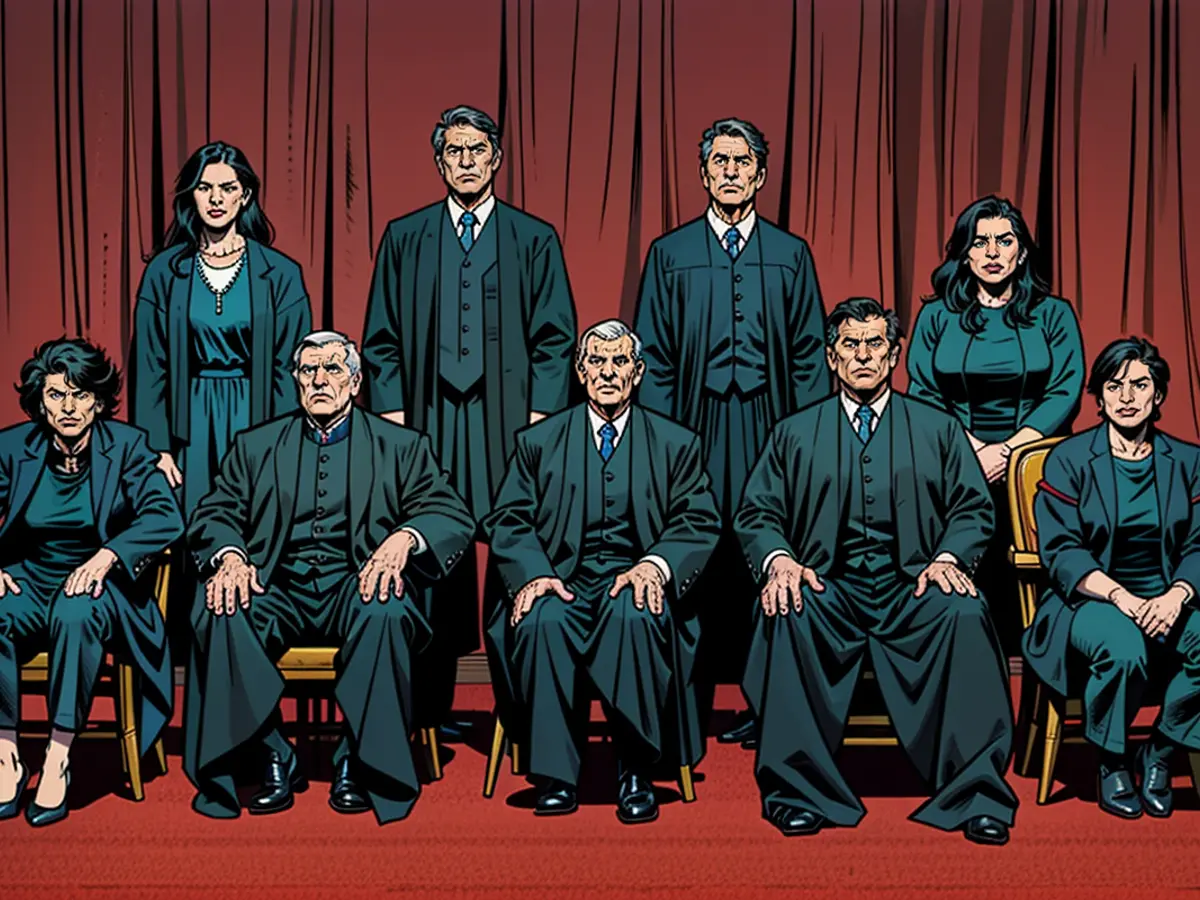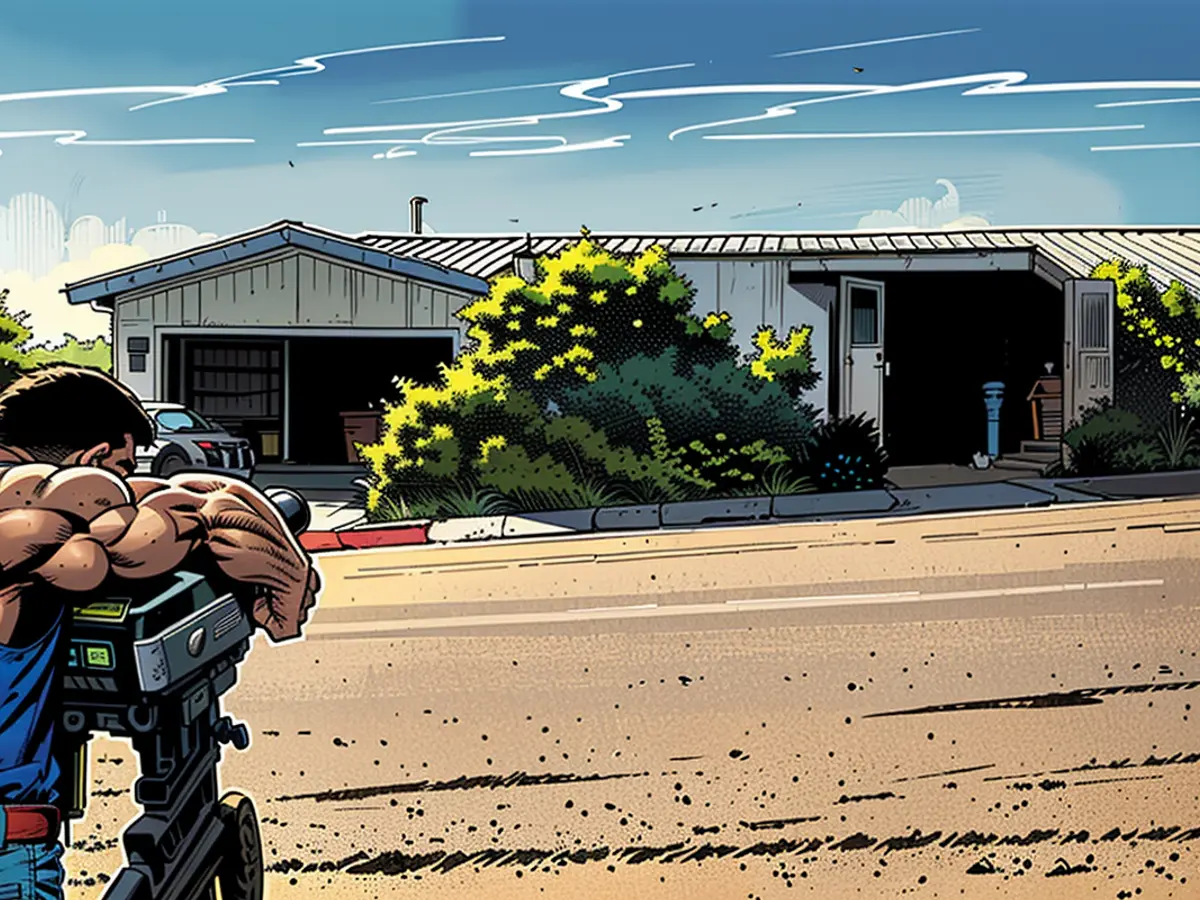Opinion: The most aggressive restructuring of government in almost 90 years
In that respect, among others, this opinion is emblematic of the broader theme reflected across the body of the court’s work over the last nine months — the most aggressive restructuring of the federal government in our lifetimes. Across most of the court’s highest-profile rulings (and a bunch of lower-profile ones), the justices took a massive amount of power away from Congress and executive branch agencies, and gave it, instead, to the courts.
That may lead to satisfying results in the short-term depending upon which prospective president you support, but in the long term, all it guarantees is increasing instability in our legal system — and a resulting risk to the health of our democratic republic.
Perhaps the easiest place to visualize this shift is in the ability of executive branch agencies to regulate everything from the safety of the food we eat to the amount of pollutants power plants are allowed to emit.
Friday’s ruling in Loper Bright Enterprises v. Raimondo, in which a 6-3 majority (also ideologically divided) overruled the court’s 1984 Chevron decision, means that, when an agency adopts a reasonable interpretation of an ambiguous statute it is tasked with enforcing, courts should still override that reading if they disagree. (Justice Jackson recused in Loper Bright itself, but participated in — and dissented from — the Court’s ruling in the consolidated Relentlesscase.)
In Chevron itself, the question was whether a group of industrial plants huddled next to each other are each a “major stationary source of pollution,” or, rather, one combined source. The theory animating the Supreme Court’s (unanimous) decision in Chevron was that trained scientists and public policy experts at the Environmental Protection Agency are likely to have a better answer to that question than unelected judges — and, more importantly, that Congress is allowed to prefer their interpretation to the courts’. After Loper Bright, that understanding is no more.
Loper Bright’s impact is only compounded by Monday’s ruling in Corner Post, Inc. v. Board of Governors of the Federal Reserve System, in which the same ideologically divided, 6-3 majority held that litigants can challenge decades-old action by administrative agencies so long as that action has recently injured them. In other words, even if a company lost a challenge to a regulation 30 years ago, it can form a new subsidiary and have that company challenge the rule under the new, no-deference regime.
Those challenges may well fail, but the upshot is that litigants will find the most ideologically sympathetic judges in the country to whom those challenges will be steered, and it will be up to the courts, and not the agencies, to decide which rules and regulations make the most sense. To take just one example, consider the court’s 5-4 ruling last week in Ohio v. EPA, in which Justice Neil Gorsuch’s majority opinion repeatedly second-guessed how the EPA had conducted its internal processes in promulgating a nationwide rule regulating ozone pollution — in an opinion that regularly referred to “nitrous oxide” (laughing gas), not the more environmentally damaging category of nitrogen oxides. We don’t expect judges to be scientists, but we also don’t want them to be.
This kind of government by judicial decree is something we haven’t seen in generations — since the much-maligned “Lochner era,” named after a 1905 Supreme Court decision that paved the way to decades of courts substituting their judgment for that of legislatures when it came to ordinary economic regulation. The courts’ judgment wasn’t always bad, but it was far less accountable to the public than the democratically elected branches — which, among other things, made it much harder for states and the federal government to aggressively respond to the Great Depression. It was only at the end of the court’s October 1936 term, in March and April of 1937, that the justices changed course — ushering in a new era of deference to democratically elected governmental actors that helped to cement the New Deal.
The administrative law cases are just the tip of the iceberg. Consider the two major cases involving former President Donald Trump — both the immunity ruling and the Colorado ballot disqualification decision from back in March. In that latter case, the high court also took power away from part of the government — holding that states lack the power not only to disqualify from presidential ballots those determined to have engaged in insurrection, but from congressional ballots, as well.
Get Our Free Weekly Newsletter
- Sign up for CNN Opinion’s newsletter
- Join us on Twitter and Facebook
And even where Congress has spoken, the court this term regularly decided that the underlying statutes didn’t mean what their plain text said. Thus, the federal government can’t regulate “bump stocks” under its authority to regulate machine guns. January 6 rioters can’t be prosecuted for obstructing the Joint Session of Congress under a statute that sure seems to say otherwise. And it’s not bribery for public officials to accept “gratuities” in exchange for official acts so long as those acts came first.
The upshot of all of these rulings, and others, is to give ever more power to courts — to decide which actions by the executive branch are permissible, what Congress really meant even when the statutory text seems plain and when former presidents can be tried for attempting to subvert the very core of our democracy. In that sense, the work of the Supreme Court this term only amplifies the stakes of the November presidential election — not just because of who will control the executive branch come January 2025, but because of who will get to appoint the next generation of judges to whom all of this power has now been entrusted.
We can hope that those judges will exercise that power prudently and responsibly. But given how much more difficult it is to hold judges accountable than Congress or the President, we may be left only to hope. That might be a satisfactory result in the short term, but it has ominous long-term consequences for what it means to live in a democracy.
The court's decision in Loper Bright Enterprises v. Raimondo has significantly altered the understanding established in the 1984 Chevron decision, leading to a situation where courts often override the interpretations of ambiguous statutes provided by executive branch agencies. This shift in power from agencies to courts might result in litigants steering their challenges to more ideologically sympathetic judges, thereby shifting the decision-making process from regulatory bodies to the courts.
The increased power of the courts, as seen in various rulings this term, raises concerns about the accountability of judges and the long-term implications of living in a democracy under such a system. While we can hope that judges exercise their power prudently, the difficulty in holding judges accountable leaves us with little more than hope for the future.







